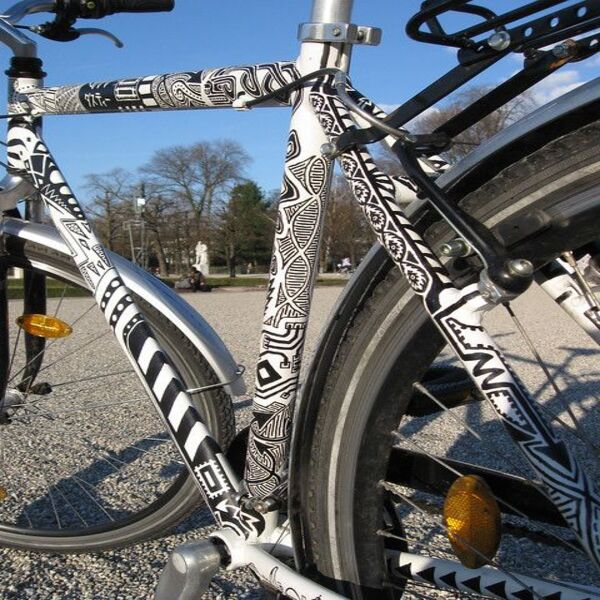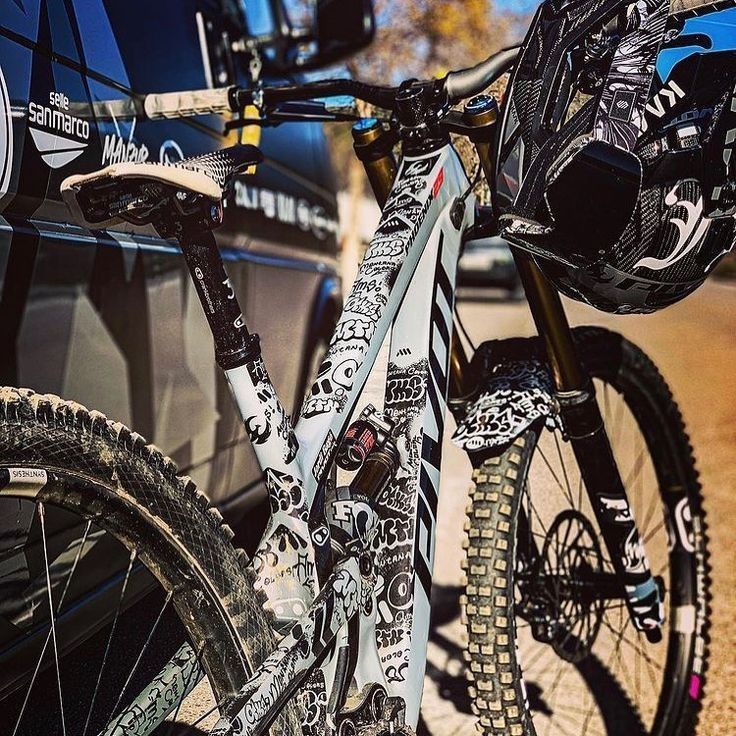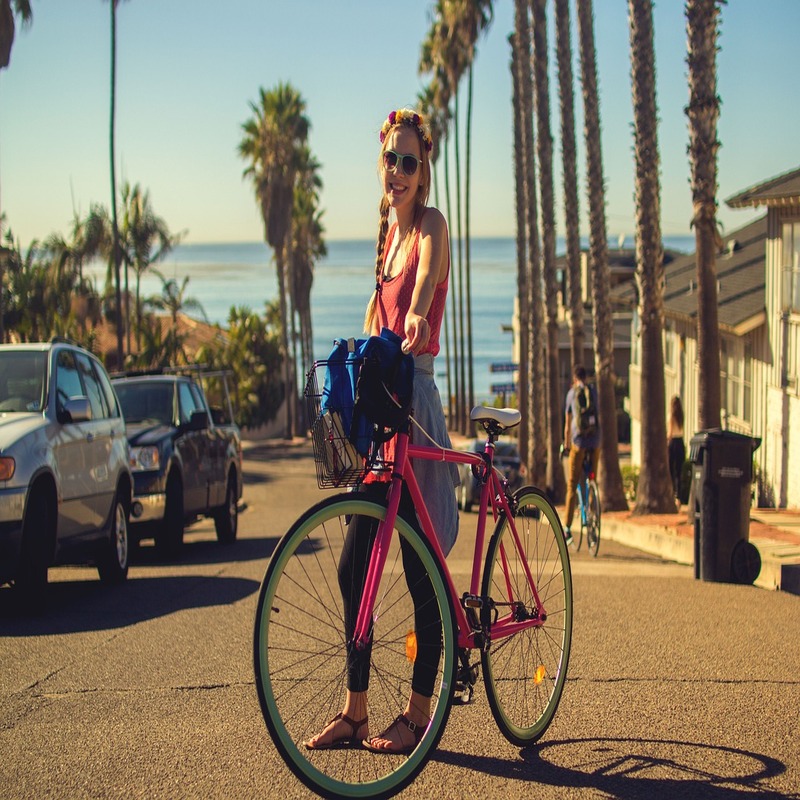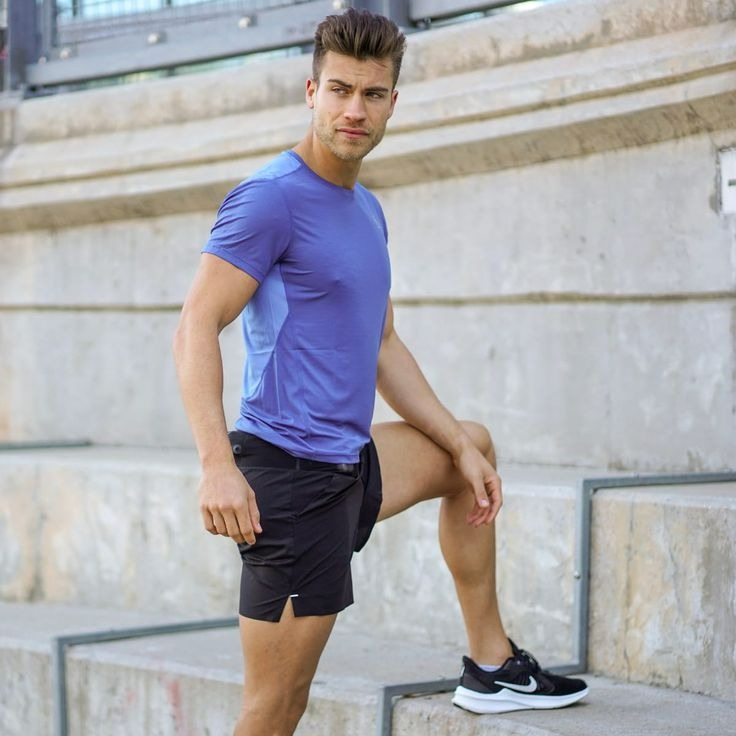Introduction
When it comes to custom bicycle paint jobs, the choice of paint can make a significant difference not only in aesthetics but also in durability and overall performance. The right paint can turn an ordinary bike into a head-turning masterpiece that reflects the rider’s personality and style. With countless brands and types of paint available, navigating the landscape of bicycle paint can feel overwhelming. This guide will explore various paint materials, their properties, and how to choose the best one for your custom bicycle paint job. From understanding the differences between types of paint to detailing the application processes, this comprehensive examination will help you make informed decisions for your custom bike paint project.

Types of Paint: Which One is Right for You?
The world of paint is vast and varied, particularly when it comes to custom bicycle paint jobs. The primary types of paint you’ll encounter are acrylic, enamel, and polyurethane, each offering unique characteristics suited for different applications. Understanding which type aligns with your intentions, riding conditions, and aesthetic preferences is crucial.
Acrylic Paint
Acrylic Paint is a popular choice for bicycle paint jobs due to its ease of use and quick drying properties. It’s water-based, making it simple to clean up and less toxic than solvent-based alternatives. Acrylic paints can be found in various finishes, including matte, satin, and gloss, allowing you to achieve your desired look effortlessly. However, while they are less durable than some other types, modern acrylic formulations often include additives that enhance their weather resistance and adhesion. Acrylics perform well for urban cyclists whose bikes encounter typical city grime but may require touch-ups more frequently than other paint types.
Enamel Paint
On the other hand, Enamel Paint has traditionally been favored for its hardness and chemical resistance. These solvent-based paints dry slowly, allowing for better leveling and fewer imperfections on your bicycle frame. Enamel finishes can provide a hard, glossy surface that withstands environmental wear and tear, making them a solid option for mountain biking or those who frequently ride in harsh conditions. However, their drying times can extend the painting process, and proper ventilation is essential when applying enamel paints due to potentially harmful fumes.
Polyurethane Paint
Polyurethane Paint strikes a balance between durability and aesthetics, combining the best qualities of both acrylic and enamel. Known for its resilience, polyurethane can withstand UV rays and withstand scratches better than most alternatives. It typically has a high gloss finish, which can enhance the vibrancy of colors applied to your bike frame. However, the application process can be challenging, as polyurethane paints require careful mixing of components and proper technique to achieve an optimal finish. While the resulting finish is stunning, it’s important to note that surfaces must be properly prepped, and multiple layers may be necessary to achieve a smooth final coat.

Surface Preparation: The Key to a Flawless Finish
Regardless of the type of paint you choose, proper surface preparation is essential for achieving a flawless finish in any custom bicycle paint job. The first step is to thoroughly clean the bicycle frame, removing any dirt, grease, or grime. Using a combination of soap and warm water, followed by a degrease, should ensure the surface is adequately prepped. It’s crucial to dry the frame completely after cleaning to prevent moisture from interfering with paint adhesion.
Next, you’ll need to sand the surface of the frame. This step not only improves paint adhesion but also helps remove any previous paint or imperfections that may mar the finish. A fine-grit sandpaper (around 220-grit) is ideal for creating a smooth surface without gouging into the metal or existing paint. Take care to sand evenly over the entire area to maintain consistency, paying extra attention to corners and curves where paint might settle irregularly.
After sanding, remove any dust particles created from the sanding process using a tack cloth. This ensures that the surface is immaculate and ready for paint. If there are any dings or scratches present from previous use, use an appropriate filler or putty to level the surface before sanding it again. The result of meticulous surface preparation will dramatically enhance the appearance and durability of your final custom paint job, serving as the foundation for the paint’s adhesion and finish.
Choosing the Right Tools for Application
Getting a high-quality finish on your bicycle requires more than just the right paint; the tools you choose for application can significantly impact the quality of your paint job. The most common application methods include brushes, rollers, and spray guns, each with its own advantages.
Brushes are the most affordable and straightforward tools available for applying paint. They work well for small touch-ups or intricate designs but may not be the best choice for large flat surfaces due to noticeable brush strokes. It’s important to select high-quality synthetic brushes that can hold up against water-based paints. A wider brush can cover larger areas efficiently, while a smaller brush can aid in detailing and hard-to-reach places.
Rollers are excellent for a smooth and even coverage on flat surfaces, providing a great option for those who want to apply a thicker coat of paint. They can minimize brush strokes and are efficient for larger sections of the bike frame. However, it’s important to choose a roller with a short nap to avoid texture that might affect the final appearance.
Whichever method you select, achieving a smooth and professional finish hinges on the equipment’s quality and your application technique. Practicing on a scrap piece or an old bicycle frame can help you build confidence before applying paint to your custom bike.

DIY vs. Professional Services: Weighing Your Options
One of the most significant decisions you’ll face when pursuing a custom bicycle paint job is whether to take on the project yourself or to hire a professional service. Each option has its pros and cons, and understanding them can help you make the best decision based on your circumstances.
A DIY approach can be an incredibly rewarding endeavor, particularly for those who revel in creativity and working with their hands. Completing the paint job yourself allows for complete control over the design process and the satisfaction of transforming your bike with your vision. Furthermore, it can be a much more budget-friendly choice, especially if you already have some of the necessary tools. However, it’s imperative to have realistic expectations about your skill level, as achieving a professional finish can require extensive practice, preparation, and a learning curve.
In conclusion, choosing between DIY and professional services ultimately depends on your personal preferences, available resources, and aspirations for your custom bicycle paint job. Weighing your options carefully will ensure you arrive at a decision that best suits your needs.
Conclusion
Customizing your bicycle paint job is an exciting journey that allows you to express your unique style and personality. As we’ve explored, various factors—such as paint types, surface preparation, application methods, primers, and clear coats—play critical roles in achieving a stunning outcome. Whether you opt for a DIY project or engage a professional service, having a thorough understanding of these elements will guide you toward making informed choices that yield a visually striking and durable finish. By investing the time and effort into selecting the right materials and executing the process correctly, you can transform your bike into a personal masterpiece that stands out on the road and trails alike. Get ready to turn heads and enjoy riding your beautifully custom-painted bicycle, knowing that your hard work and thoughtful decisions really paid off!

